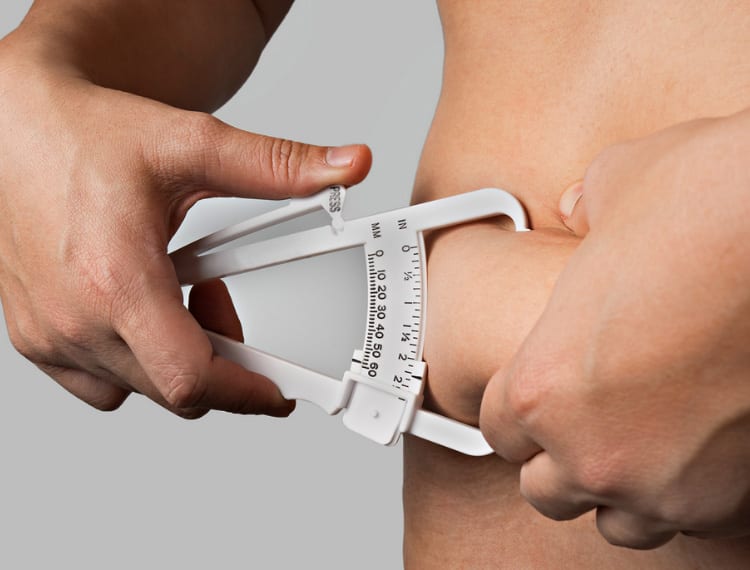
Your body weight is merely one indicator of your overall health. With that, you should also pay attention to your body composition by determining where the excess weight is coming from.
A body composition assessment will not only reveal your body fat percentage, but it will also help you fine-tune your nutrition for muscle building and fat reduction, as well as identify any potential health issues.
What is Body Composition?
The percentages of fat, muscle, and bone in human bodies are referred to as body composition. Body fat percentage is of particular relevance because it can be quite useful in determining health.
Health practitioners utilize body composition to assess a person’s weight by separating it into its constituent parts: protein, fat, minerals, and body water.
It can depict your weight more correctly and it can give you a clearer picture of your overall health than traditional approaches such as BMI. Changes in lean muscle mass, fat mass, and body fat percentage can all be precisely measured using body composition analysis.
Why is it Important to Measure Body Composition?
Most exercise and diet goals that we see these days are focused on either weight reduction or weight increase without even considering that two people even with the same gender and body weight can absolutely have different body compositions.
Body composition is essential to take into consideration because it can reveal your unique body makeup. It can also help you in identifying the areas that you may need some adjustments for a more positive health.
Measuring your body composition and looking beyond the number on a weighing scale will certainly help you in gaining a better perspective of your overall health. To reach a healthy body composition and a higher degree of health, you’ll know whether you need to lower your body fat percentage or grow more lean mass.
What Makes Body Composition Different From Body Mass Index (BMI)?
Body fatness can be measured either by body composition or body mass index (BMI). The methods for measuring body composition and BMI, however, differ. Furthermore, BMI may not give reliable findings in all circumstances.
The BMI is used by health experts to determine a person’s risk of disease depending on their body fatness, or where they fall on the BMI scale. However, new research reveals that the BMI is a poor indicator of body fatness and disease probability and that it may not be the best metric for assessing body composition and health.
Furthermore, BMI is an out-of-date and skewed metric that ignores a variety of criteria such as body composition, race, ethnicity, age, and gender. Despite this, BMI is still more commonly used in the medical field. It’s a much quicker way to assess health status and it’s also cheaper.
How to Measure Body Composition?
Body composition can be measured in a variety of ways. To figure out what percentage of your weight is fat and what percentage is a muscle, you’ll need more than a bathroom scale and a calculator.
Here are the common body composition assessments to measure body composition:
- Skinfold Measurement – Skinfold measurements are taken with specific calipers that measure the skinfold (subcutaneous fat) on various areas of the body. Skinfold measures are used by fitness trainers to analyze body fat since they are rapid and simple.
- Bioelectrical Impedance – Bioelectrical impedance (BIA) is a tool that measures your body’s resistance to a low-level electric current or impedance to determine your body composition. Muscles have a lower electric current resistance than fat.
- Hydrostatic Weighing – Full submersion in a water tank is required for hydrostatic weighing, which uses water displacement to determine body composition. A person with a higher lean body mass weighs heavier underwater because fat floats and muscle sinks.
- DEXA Scan – The DEXA scan, or dual-energy X-ray absorptiometry scan, measures body fat, bone, and muscle using a low-level X-ray.
- Bod Pod – Bod pod is similar to hydrostatic weighing in that it measures body composition using air displacement rather than water displacement. You sit in an egg-shaped chamber that uses your body weight and volume to determine your body composition.
What’s Next?
Your body composition might help you figure out where you stand in terms of health and fitness. When beginning a new exercise or health program, it can also be used as a measurement tool to track progress.
It’s critical to follow a safe and effective workout regimen as well as a balanced food plan while trying to transform your physique and increase your fitness level. Before making any large dietary or activity changes, consult with a health care practitioner and consider a body composition assessment first.


















Follow Us